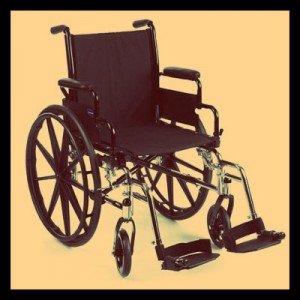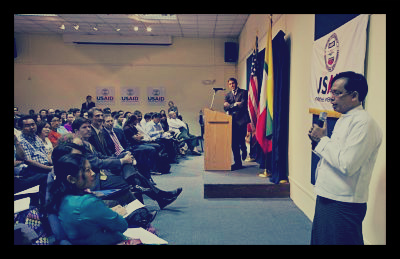
A new report recently released will aid in the effort to inspire Arab economies to implement concrete actions, which in turn will spur economic growth and competition. The report, titled “Transforming Arab Economies: Travelling the Knowledge and Innovation Road,” is joint collaboration between the World Bank, CMI (Marseille Center for Mediterranean Integration), EIB (European Investment Bank) and ISESCO (the Islamic Educational, Scientific and Cultural Organization).
Together, these organizations promote greater investment in a knowledge-based economy model, which is needed to meet the job creation challenge in the Middle East. Inger Andersen, Vice President for the Middle East and North Africa at the World Bank, said, “We hope this report can help countries of the Arab world imagine a new kind of development strategy with a knowledge and innovation-driven model at its very heart.” Through innovation and diversification of their economies, Arab countries will be able to create new enterprises and jobs.
By tapping into the field of technological knowledge, these countries will be able to continue improving their level of access to education and to information communication technologies (ICT). To achieve this, countries in the region need to implement a series of reforms, including more open and entrepreneurial economies, a more skilled labor force, improved innovation and research capabilities, and the expansion of ICT.
In addition to these structural reforms, the report suggests that governments should provide more hospitable conditions in which promising sectors can generate new activities and jobs. Governments should also establish channels through which knowledge can be transferred and disseminated, for example through foreign direct investments and international trade in goods and services.
The finance and economy minister of Morocco highlighted efforts made by the Moroccan government to create a new economic model with its foundations in knowledge and innovation. He also stressed the importance of redesigning current economy structures in the Middle East, as well as improving youth employment and maintaining a global economic presence.
However, in order to successfully create stronger economies in the Middle East, it will take a strong and focused effort. Abdulaziz Othman Al-Twaijri, Director General of ISESCO, said, “The implementation of a knowledge and innovation-based development strategy requires a vision, strong coordination at the top level of government, and a participatory approach to mobilize the population to back the needed reforms.” The approach of the report is intended to reflect the huge differences and challenges across the Middle East, and recognizes that each county must be approached with policies that are customized to their individual needs.
– Chloe Isacke
Source: World Bank, ISESCO
Source: World Economic Forum



 Get Water is a touch-screen game with the objective of helping Maya collect clean water for her family. On the surface, players are swiping their fingers across the screen, shooting boomerangs at peacocks, and dodging turtles. But the true spirit of the game lies in its ability to literally put the discussion on these issues in your hands.
Get Water is a touch-screen game with the objective of helping Maya collect clean water for her family. On the surface, players are swiping their fingers across the screen, shooting boomerangs at peacocks, and dodging turtles. But the true spirit of the game lies in its ability to literally put the discussion on these issues in your hands.


 A new web-based tool called Arab Spatial has recently launched and will provide aid workers and researchers access to valuable data relating to food security and malnutrition information throughout the Middle East. Previously,
A new web-based tool called Arab Spatial has recently launched and will provide aid workers and researchers access to valuable data relating to food security and malnutrition information throughout the Middle East. Previously, 